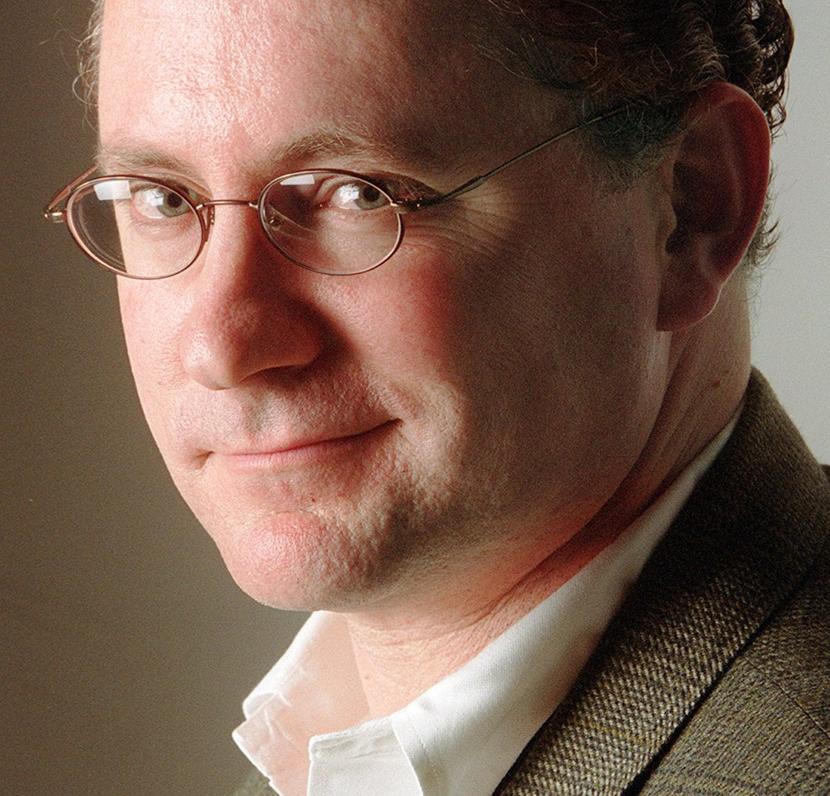 Mark Alan HughesPhilly loves a good rivalry. There’s Mets versus Phillies. Eagles versus Giants. Pat’s versus Geno’s. South Philly Vikings versus the Shooting Stars. So, can our competitive spirit help the city save energy?
Mark Alan HughesPhilly loves a good rivalry. There’s Mets versus Phillies. Eagles versus Giants. Pat’s versus Geno’s. South Philly Vikings versus the Shooting Stars. So, can our competitive spirit help the city save energy?
Neighborhood Powerdown, an energy savings competition organized by the University of Pennsylvania, is betting on it. Part of “Sustainability in Action,” a course designed by Mark Alan Hughes, founding director of the mayor’s Office of Sustainability, the program pairs students with teams of West and North Philadelphia residents for a month-long billing cycle. The goal: Lower collective energy consumption (compared to the same billing cycle in 2009) by the most kilowatt hours.
The competition is one of six student-run community projects. Fresh off his year in government, Hughes was eager to develop a course that respected the “umbrella” nature of sustainability. “There’s no place at Penn where a single course can give you the full breadth of what we’re talking about when we talk about sustainability,” he explains. “It’s very complicated. I knew that I wanted to take advantage of some of the stuff I learned during my year with the city, as well as maintain some of the relationships with city colleagues.” Guest speakers this semester include Mayor Nutter and Katherine Gajewski, current Director of Sustainability for the city.
“Sustainability in Action” also pulls expert lecturers from four schools and seven different Penn departments. Rather than the usual post-lecture discussion, students partner with city agencies and community organizations, and apply what they’ve learned in real-life problem solving scenarios. Topics range from food to water to green space.
Neighborhood Powerdown connected students with PECO and the Energy Coordinating Agency to develop a list of energy-saving tips and help residents set their kilowatt-hour goals. Throughout October and November, teams participate in workshops and attend meetings. Residents are asked to keep a log of their habits and student advisors will be available to answer their questions. Results will be tallied and announced during a celebration in December.
University City District in West Philly, Associación Puertorriqueños en Marcha and Women’s Community Revitalization Project (WCRP) in North Philly played a vital role in identifying potential participants for the 50-person teams. For Nora Lichtash, Director of WCRP, the opportunity to partner with the university could not have come at a more crucial time. “Our goal is to help people to stay in their homes,” she says. “There’s a lot of pressure on people because of increasing housing costs, and utilities are a large part of that.”
Hughes believes the project’s competitive angle will increase its effectiveness. A recent study by O Power, a smart grid software company, placed a smiling or frowning face on energy bills to indicate whether a residence was below or above average consumption compared to similar households in their neighborhood. The icon incited enough rivalry to lower a nighborhood’s overall consumption by one to three percent—the same reduction required of PECO by Act 129. Likewise, when University of Pennsylvania faculty and staff were challenged to reduce peak hour consumption in August of 2009, overall consumption was cut by 12khw or 20 percent.
Watch presentations by local sustainability leaders and track community projects on the class blog:
design.upenn.edu/sustainabilityinaction.


